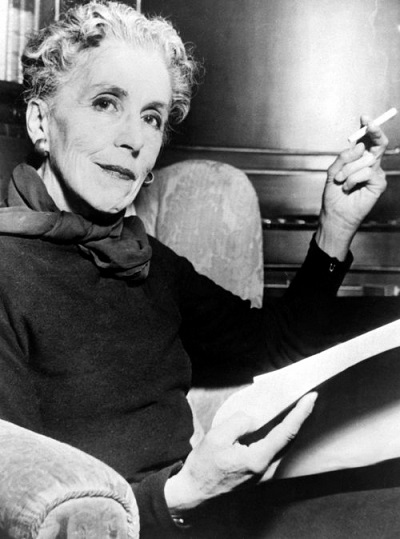

Aunt Bess, as Westenholz was known to Dinesen, had a significant impact on her niece. Westenholz, who brought her up in the staunch Unitarian tradition.

Unlike her brothers, who attended school, she was educated at home by her maternal grandmother and by her aunt, Mary B. From then on her life was dominated by her Westenholz family. Karen Dinesen's life at Rungstedlund changed significantly after her father's death. He hanged himself on 28 March 1895 when Karen was almost ten. After conceiving a child out of wedlock with his maid Anna Rasmussen, he was devastated by breaking his promise to his mother-in-law to remain faithful to his wife. On returning to Denmark, he suffered from syphilis which resulted in bouts of deep depression.

From August 1872 to December 1873, Wilhelm had lived among the Chippewa Indians in Wisconsin, where he fathered a daughter. He also wrote throughout his life and his memoir, Boganis Jagtbreve (Letters from the Hunt) became a minor classic in Danish literature. Dinesen was known to her friends as "Tanne".ĭinesen's early years were strongly influenced by her father's relaxed manner and his love of the outdoor life. Her younger brother, Thomas Dinesen, grew up to earn the Victoria Cross in the First World War. Karen Dinesen was the second oldest in a family of three sisters and two brothers. Her mother, Ingeborg Westenholz (1856–1939), came from a wealthy Unitarian bourgeois merchant family. Her father,Wilhelm Dinesen (1845–1895), was a writer and army officer from a family of Jutland landowners closely connected to the monarchy, the established church and conservative politics. Karen Dinesen was born in the manor house of Rungstedlund, north of Copenhagen.


 0 kommentar(er)
0 kommentar(er)
